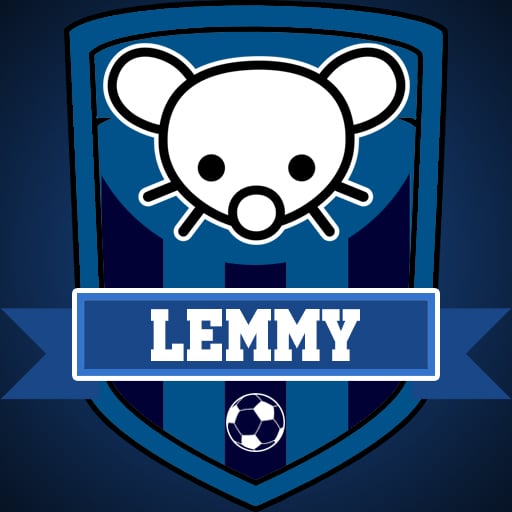It has been quite a while since the last progress report. A ton of progress has been made since then, but I simply didn’t get around writing a new progress report. There have been 639 commits since the last progress report. This is significantly more than the last time given how long there has been since the last progress report.
Is this rap?
Some work needs to be done on the flow.
Nice bars though.
Release builds are slower but should still be faster than the LLVM backend.
Had us in the second half.
the resulting executables are about 20% faster and for simple-raytracer faster than LLVM in debug mode.
Had us in the first half.
core::simdis fully supported through emulation
Had us in the first half again.
There are still things to be done though. [link] lists things I know of that still need to be done.
You see that “though”… you thinkin’… the rhythm… I’ve broken it!
Accidentally repetitive?.. or maybe I’m just… unrollin’ it!
You go be busy… with them sanitizers… and tracebacks
I’ll just be here chilin’… and puttin’ Rust on them maps
No but seriously, great work.
And yes, I know that was lame/cringe.



Did you tick “Bot Account” by accident?